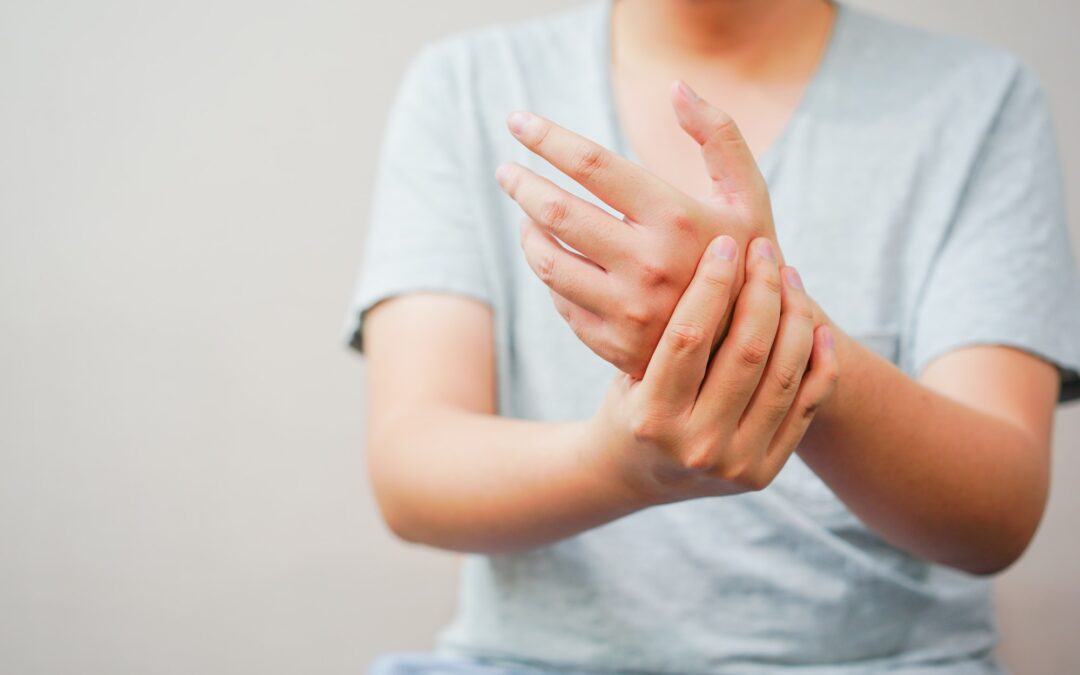If you experience pain in your fingers, you may have Raynaud’s. Learn about what causes Raynaud’s Syndrome and how to treat it.
When temperatures drop, we feel our hands and feet get cold, so we warm up with a blanket and socks. However, those who have Raynaud’s Syndrome can also experience pain in their extremities (like their fingers) as it gets colder.
Heir blood vessels narrow and almost shut down, causing their fingers and toes to turn white, blue, and red as the blood returns. Raynaud’s Syndrome goes by other names, such as Raynaud’s Disease and Raynaud’s Phenomenon.
Regardless of the name you use, Raynaud’s affects between 5% to 10% of Americans. Furthermore, women are nine times more likely to experience the disease than men.
However, about only 1 in 10 people with the disease seek treatment. The following explains what causes Raynaud’s Syndrome and how you can treat it if you have it.
Causes of Raynaud’s
Unfortunately, it is unclear what exactly causes Raynaud’s, but there may be a link to vasoconstriction. When a person enters a cold environment, like the outdoors during winter or even a freezer, they can experience vasoconstriction.
The condition is a hyperactivation of the sympathetic nervous system, which causes an extreme narrowing of the blood vessels. However, cold temperatures are not the only trigger, as stressful situations may also activate it.
It is not unusual for the body to narrow certain arteries to conserve heat in cold conditions. Nevertheless, when this narrowing becomes excessive, the blood vessels almost shut down, which is what happens in people with Raynaud’s.
 Types of Raynaud’s
Types of Raynaud’s
There are two types: primary and secondary. Primary Raynaud’s is the most common and affects those who don’t have another medical condition.
On the other hand, secondary Raynaud’s is not as common and is the result of another medical issue, making it more serious.
There are many factors that can cause secondary Raynaud’s such as arterial diseases, connective tissue diseases, carpal tunnel syndrome, and medications.
It may also be caused by repetitive movements such as typing and working with tools that vibrate such as jackhammers. Moreover, injuries such as frostbites and broken wrists as well as certain medications like some over-the-counter cold remedies can increase the risk.
Women are affected more by Raynaud’s than men. Primary Raynaud’s normally shows up between the ages of 15 and 25, whereas secondary Raynaud’s shows up between ages 35 and 40.
Genetics also play an important role, as a person with a firs-degree relative who has Raynaud’s is likelier to develop the disease.
Treatments for Raynaud’s
Currently, there is no cure for the disease but there are a variety of treatment options to help manage it. If you have a mild version of Raynaud’s, cover the exposed skin before going outside by wearing gloves,
Soaking the affected parts in warm (but not hot) water can help ease the symptoms. In addition, if stress is what triggers it, learning some stress management techniques such as meditation may help.
However, if you have a moderate to severe form of Raynaud’s, you need to talk with your doctor as medication may be necessary.
Living with Raynaud’s
The National Heart, Lung, and Blood Institute (NHLBI) has some guidelines that may help those who live with Raynaud’s. For example, they suggest avoiding emotional stress, limiting alcohol and caffeine consumption, and avoiding any substances that trigger the symptoms.
They also recommend staying warm both indoors and outdoors, quitting smoking, and exercising. Using certain circulation supplements such as Circulation Boost may come in handy, as they promote the dilation of blood vessels and improve overall blood flow.
Specifically, Circulation Boost works within the arteries to support effective circulation. Talk to your doctor about taking blood flow supplements like Circulation Boost, as they may help promote healthy blood flow even if you don’t have Raynaud’s.

